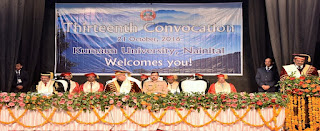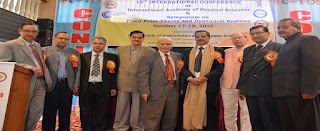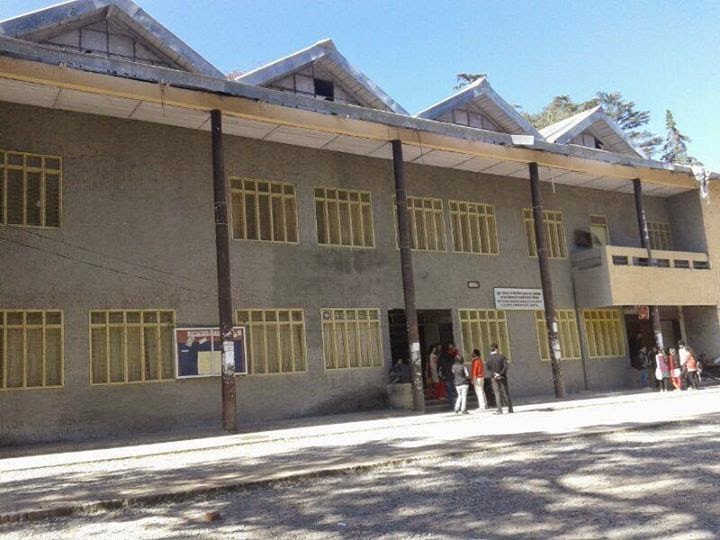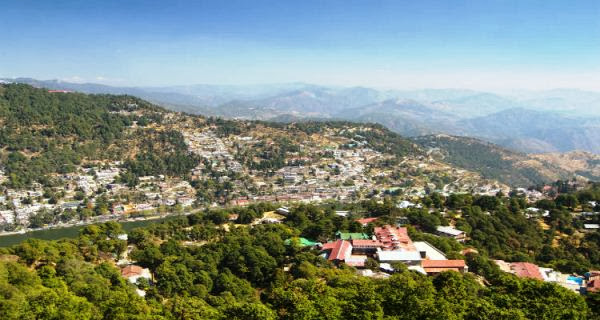Environmental Studies/Science Previous year Paper of Kumaun University
For Links To PDF File Click HERE Or Visit down the Page
1. Environmental Studies is:
(a) A single subject
(b) An integration of several subjects
(c) A scientific study
(d) A social study
2. Significance of botanical garden or a zoo is :
(a) It provides conservation education and awareness in the society
(b) It mimics small-scale natural ecosystems
(c) It has aesthetic and recreational value
(d) All of the above
3. Salim Ali is a famous:
(a) Boxer
(b) Wrestler
(c) Ornithologist
(d) Film maker
4. Headquarter of NEERI is situated at :
(a) Nagpur
(b) Hyderabad
(c) Delhi
(d) Pune
5. The famous book ‘Diversity of life’ was written by the following:
(a) E.O. Wilson
(b) Alfred Wallace
(c) M. S. Swaminathan
(d) Madhav Gadgil
6. The first ‘International Yoga day’ celebrated on :
(a) 11 December
(b) 5 July
(c) 16 May
(d) 21 June
7. The main driving force of ecological system is:
(a) Water and Soil
(b) Solar Energy
(c) Plants and animals
(d) Environment
8. Which of the following is non-renewable resource?
(a) Minerals
(b) Coal
(c) Species
(d) All of the above
9. Which is the main commercial energy source used in India :
(a) Oil
(b) Hydroelectricity
(c) Coal
(d) Natural gas
10. How much of the total water is hydrosphere is fresh water?
(a) 3%
(b) 1%
(c) 1%
(d) 5%
11. The study of different population and its trend is known as:
(a) Topography
(b) Demography
(c) Biography
(d) Flora and Fauna
12. Acid rain is mainly caused by increased concentration [in atmosphere] of :
(a) NO2 and SO2
(b) CO2 and NO2
(c) NH3 and SO2
(d) SO2 and CO
13. Tehri dam is constructed on the river:
(a) Bhagirathi
(b) Alaknanda
(c) Mandakini
(d) Pinder
14.Cause of Minimata disease is:
(a) Lead
(b) Mercury
(c) Arsenic
(d) Cadmium
15. Which of the following is used as biofertilizer?
(a) Rhizobium
(b) Azolla
(c) Blue green algae
(d) All of the above
16. Water borne disease is:
(a) Arthritis
(b) Malaria
(c) Typhoid
(d) Dengue
17. Environment has two major components:
(a) Physical and chemical
(b) Biotic and abiotic
(c) Plants and animals
(d) Earth and atmosphere
18. Biological Oxygen demand measures:
(a) Dissolved oxygen needed by microbes
(b) Water pollution
(c) Air pollution
(d) Industrial Pollution
19. Biosphere reserves are areas to preserve the following:
(a) Forests
(b) Ecosystem
(c) Biodiversity
(d) Atmospheric balance
20. Excessive radiation lead to:
(a) Genetic damage
(b) Bronchitis
(c) Cancer and death
(d) Hot atmosphere
21. The percentage of carbon dioxide in atmosphere is:
(a) 20.9%
(b) 0.03%
(c) 0.3%
(d) 10.0%
22. Population growth is affected by:
(a) Poverty
(b) Death rate
(c) Birth rate
(d) All of the above
23. Yellow stone park is related to:
(a) Earth quake
(b) Nuclear disaster
(c) Tourist place
(d) Volcano
24. Primary consumers in a food chain are;
(a) Cattle and rats
(b) Insects and fish
(c) Frogs and rabbits
(d) Cats and cows
25. In India, the best timber producing tree is:
(a) Sal
(b) Mango
(c) Teak
(d) Shisham
26. Pollutant from motor-car exhaust that causes metal disease is:
(a) Mercury
(b) Lead
(c) Nickel
(d) Zinc
27. Blue revolution is related to:
(a) Silk production
(b) Clean atmosphere
(c) Water conservation
(d) Fish production
28. International Women’s Day is observed on:
(a) 8 March
(b) 3 July
(c) 10 May
(d) 5 September
29. Chernobyl disaster occurred due to:
(a) Nuclear reactor explosion
(b) Poisonous gas leakage
(c) Forest fire
(d) Earthquake
30. The largest desert of the world is:
(a) Sahara
(b) Gobi
(c) Kalahari
(d) Arabian
31. The functional unit of ecology is called:
(a) Biosphere
(b) Biotic and abiotic
(c) Ecosystem
(d) All of the above
32. Highest biodiversity occurs in the following country:
(a) Australia
(b) Brazil
(c) India
(d) South Africa
33. The Environment [Protection] Act was formed in:
(a) 1982
(b) 1980
(c) 1990
(d) 1986
34. Incomplete ecosystem is found in:
(a) Pond
(b) Grassland
(c) Deep Sea
(d) Rivers
35. The most dangerous radioactive air pollutant is:
(a) Strontium-90
(b) Calcium-40
(c) Copper-40
(d) Phosphorus-32
36. Plants and animals living in an area constituent:
(a) Population
(b) Community
(c) Ecosystem
(d) Ecology
37. The pioneers of vegetation are:
(a) Fungi
(b) Lichens
(c) Bacteria
(d) Algae
38. Tigers and Lions are found in:
(a) Rajasthan and Madhya Pradesh
(b) Gujarat and Rajasthan
(c) West Bengal and Gujarat
(d) Karnataka and West Bengal
39. Which one is an endangered animal?
(a) Chimpanzee
(b) Gorilla
(c) Gibbon
(d) Monkey
40. AIDS virus has:
(a) DNA
(b) DNA and RNA
(c) RNA
(d) RNA and Proteins
41. Which statement is true?
(a) All flesh is grass
(b) All grass is flesh
(c) Both [A] and [B]
(d) None of the Above
42. About 90% of the total biomass produced on the earth is through the following:
(a) Ocean
(b) Forest
(c) Grasslands
(d) Crops
43. Interconnection between different food chains is called:
(a) Trophic level
(b) Food web
(c) Energy Flow
(d) Ecological Pyramids
44. Ozone layer belongs to which of the following layers of atmosphere?
(a) Homosphere
(b) Stratosphere
(c) Troposphere
(d) Mesosphere
45. The plan to inter-link the rivers of India is known as:
(a) Indira Gandhi Plan
(b) Atal Bihari Bajpai plan
(c) Rajeev Gandhi plan
(d) Dastur plan
46. In an ecosystem the decomposers are:
(a) Bacteria and viruses
(b) Micro-organisms
(c) Bacteria and fungi
(d) Algae and bacteria
47. Which one is concerned with the conservation of forest?
(a) Silent valley
(b) Periyar sanctuary
(c) Gir forest
(d) Kaziranga sanctuary
48. The major pollution causing agent is:
(a) Man
(b) Thermal power stations
(c) Automobiles
(d) CO2 and SO2
49. The Major sources of water pollution is/are :
(a) Insecticides and fertilizers
(b) Industrials wastes
(c) Domestic sewage
(d) All of the above
50. Forest conservation Act was amended in India in :
(a) 1990
(b) 1998
(c) 1980
(d) 1988
Environmental Studies Paper of 2016 Kumaun University B.Sc./B.Com II Year .PDF
For Previous Year Papers Visit

























